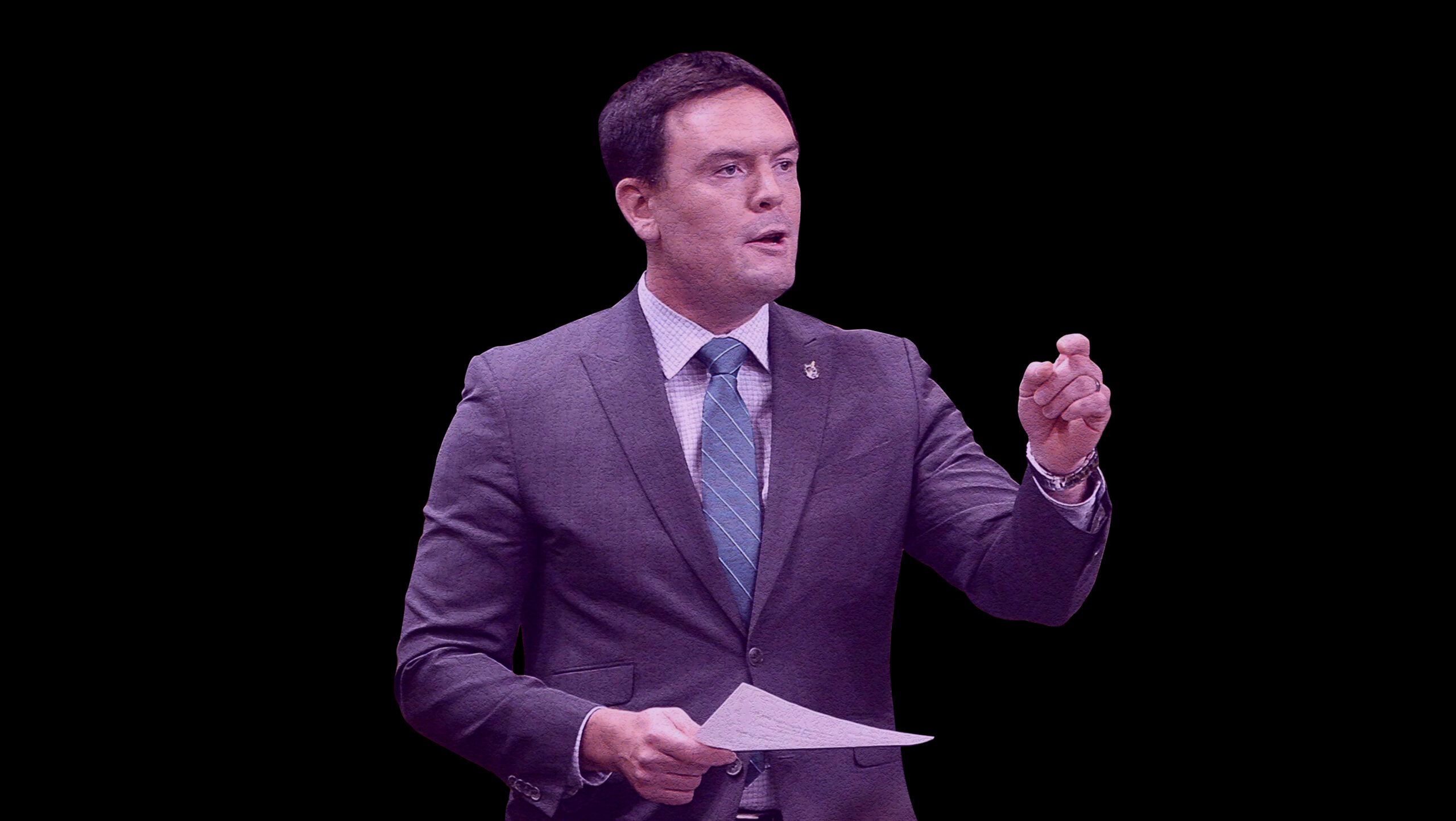This story is part of Rainbow Votes 2019, special Canadian election newsletter by Xtra. You can sign up here to receive the newsletter directly in your inbox, every Tuesday.
We’re less than halfway through the official election campaign, but candidates have already been on the ground for weeks, trying to win over undecided voters and relaying party messages across the country.
For Jules Sherred, the campaign manager for incumbent BC NDP MP Alistair MacGregor, it’s been a slog already. As a trans, gay man, Sherred says the usual challenges of campaigning are amplified by transphobia and homophobia.
“Nearly every single day, I get hate mail to the campaign—people saying to [MacGregor], ‘I’m not going to vote for you because you have a tranny working on your campaign,’” Sherred says. “Folks misgender me every day. We even had someone smear feces on the back of the campaign office door.”
Even if you’re not the face of a campaign, it’s a tough time to be queer and trans in politics. Less than one percent of the members of the 42nd Parliament identified openly as LGBTQ2 (and they were primarily white gay men). Candidates with homophobic pasts keep popping up—and not all of them are being turfed by their party leaders. The gap between left and right has grown exponentially—in fact, one in four Canadians say they hate their political opponents, according to an Abacus survey from earlier this year. And in this Trumpian era, in which the US president has little regard for the consequences of his racist, homophobic or sexist comments, more and more people feel emboldened to express their disdain for marginalized communities—a tendency that even last election could have spelled the end of a political career. (Recall the downfall of Conservative politicians Chris Alexander and Kellie Leitch in 2015, after both advocated for a “barbaric cultural practices” hotline during the last federal election.)
That rise in hatred became especially apparent to LGBTQ2 folks during Pride season this year, when anti-queer and anti-trans protesters showed up to parades across the country, in places such as Hamilton and Toronto. Meanwhile, Maxime Bernier’s People’s Party of Canada is known for its questionable roster of candidates—one of whom openly expressed transphobic remarks about the inclusion of gender identity in BC’s sex-ed curriculum. Other leaders have struggled to provide clarity on exactly where they stand on social issues: Andrew Scheer is unwilling to voice support for same-sex marriage, Justin Trudeau’s seems unable to speak out against Quebec’s religious symbols ban and has worn blackface on multiple occasions, Elizabeth May keeps stumbling on the abortion issue, and on and on.
Being at the frontlines of an election campaign at this political moment can feel difficult, even unsafe, for LGBTQ2 people like Sherred. But he says that’s precisely why he can’t step away from the job: to be a visible trans person on the campaign trail is to pave a path for more young LGBTQ2 people in the future of politics.
The latest polls
This is just a taste of what you’ll get from Rainbow Votes 2019, our special Canadian election newsletter. If you never want to miss the latest news on LGBTQ2 politics—and get exclusive content—subscribe to receive Rainbow Votes 2019 straight in your inbox.


 Why you can trust Xtra
Why you can trust Xtra


